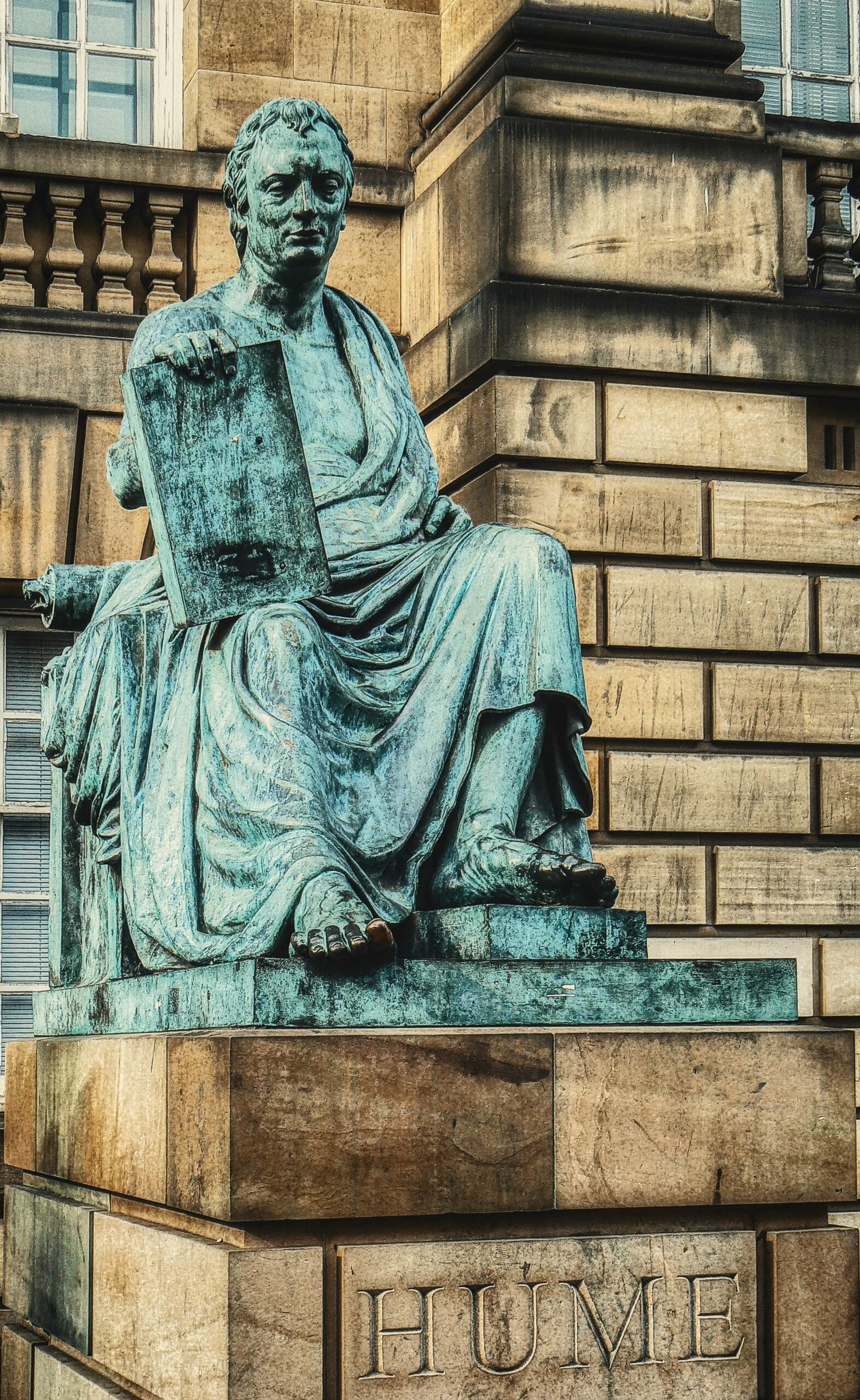Introduction
The Advaita school of philosophy is one of the major schools of thought in Hinduism. Akaracharya, who lived in the eighth century CE, was responsible for founding it. The word “Advaita” means non-dualism, and the school emphasizes the concept of oneness or unity. In Advaita, the ultimate reality is Brahman, and the goal of life is to realize one’s true nature as Brahman.
Śaṅkaracharya and Brahman
According to Śaṅkaracharya, Brahman is the ultimate reality, the supreme cosmic power that underlies and sustains the entire universe. It is beyond the limitations of time, space, and causation. Brahman is described as sat-chit-ananda, meaning existence, consciousness, and bliss. It is the unchanging reality amidst the ever-changing world of appearances.
Śaṅkaracharya and Atman
Śaṅkaracharya teaches that Atman, the individual self, is identical to Brahman. Atman is the pure consciousness that exists in all living beings. It is eternal, unchanging, and unaffected by the ups and downs of life. The realization of this identity between Atman and Brahman is the ultimate goal of human life.
Adhyāsa and Avidyā
According to Śaṅkaracharya, the root cause of human suffering is adhyāsa, which means superimposition or false identification. It is the mistaken belief that we are separate individuals, distinct from Brahman. This false identification leads to avidyā, which is ignorance or lack of knowledge about our true nature. Avidyā creates a veil of illusion that prevents us from realizing our oneness with Brahman.
Rāmanujacharya and Brahman
Rāmanujacharya, another prominent philosopher of the Advaita school, had a slightly different interpretation of Brahman. While he also recognized Brahman as the ultimate reality, he emphasized the concept of Vishnu or Narayana as the personal form of Brahman. Rāmanujacharya believed in the worship of Vishnu as a means to attain liberation.
Rāmanujacharya and Jiva
Rāmanujacharya taught that Jiva refers to the individual soul or self. He believed that Jiva is distinct from Brahman and has a dependent existence. While Brahman is the ultimate reality, Jiva is a finite being with limited knowledge and power. Rāmanujacharya emphasized the devotion and surrender of the individual soul to Vishnu as a means to attain liberation.
Rāmanujacharya and Jagat
Jagat refers to the world or the universe. Rāmanujacharya believed that the world is real and not an illusion. He saw the world as the creation of Vishnu and believed that it exists for the purpose of the souls to attain liberation. According to Rāmanujacharya, the world is not separate from Brahman but is an expression of Brahman’s divine energy.
Apṛthaksiddhi
Apṛthaksiddhi is a concept in Advaita that refers to the non-separateness of the individual soul (Jiva) and the world (Jagat) from Brahman. According to this concept, there is no real distinction between Jiva, Jagat, and Brahman. They are all interconnected and ultimately one. The realization of this non-separateness leads to liberation and the end of suffering.
Conclusion
The idea of non-dualism and the oneness of Brahman are central to the Advaita school of philosophy, which Akaracharya founded. It emphasizes the realization of one’s true nature as Brahman and the liberation from the cycle of birth and death. Rāmanujacharya, another prominent philosopher of Advaita, had a slightly different interpretation, emphasizing the worship of Vishnu as a means to attain liberation. Both philosophers provide valuable insights into the nature of reality and the path to spiritual enlightenment.















+ There are no comments
Add yours